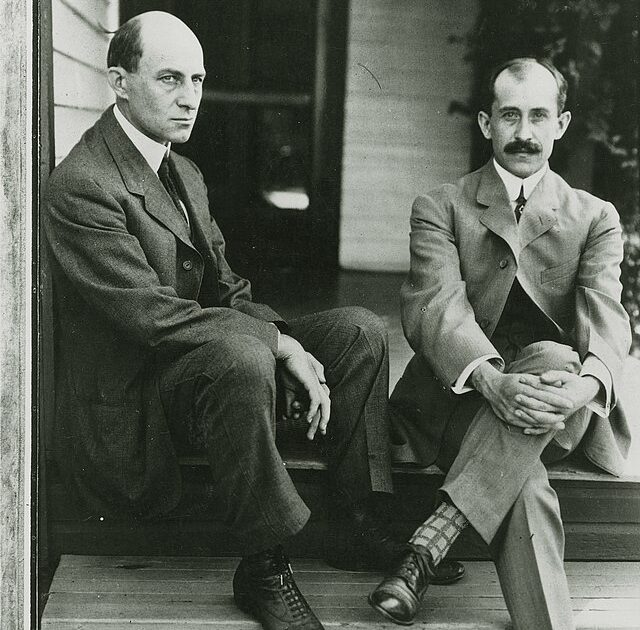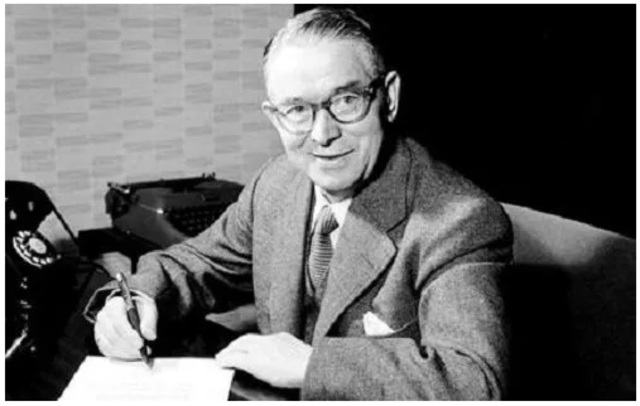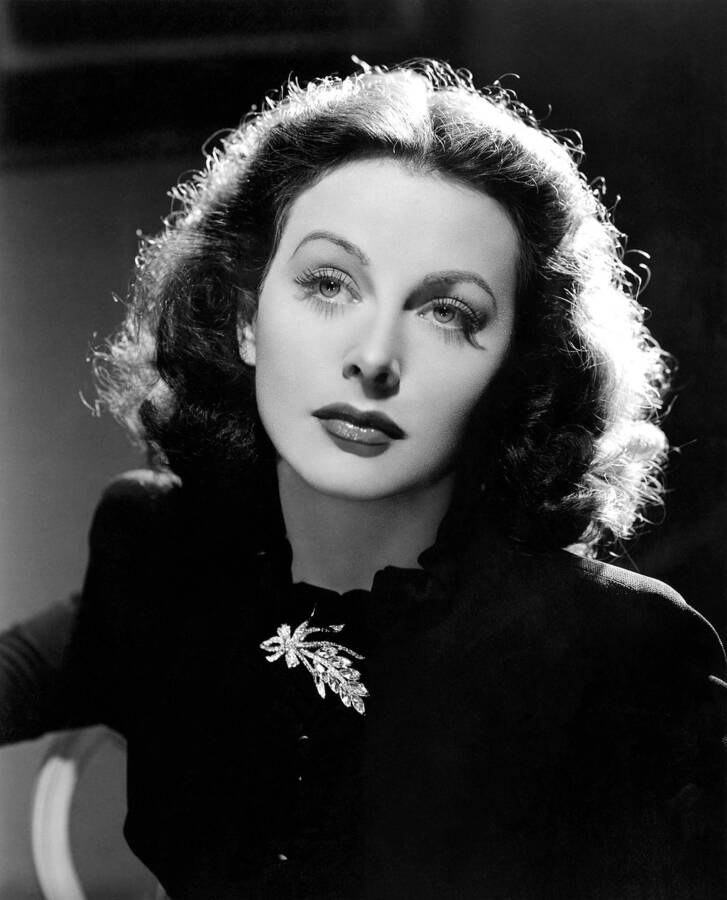The Genius Thief Club: 10 Iconic Inventions That Were Actually Stolen
If you’ve ever gotten the feeling that history class isn’t really mentioning the plot twists, well, it’s true. Behind some of the most celebrated inventions lies a trail of drama, deception, and daylight robbery. From light bulbs to LEGOs, the credit didn’t always go to the brain behind the idea. Instead, it went to the faster patent filer, the better marketer (or the one with the louder megaphone).
Some ideas were stolen in broad daylight, while others were quietly buried under contracts, lawsuits, or broken promises. The real geniuses were often pushed into the shadows and outpaced not by talent, but by timing, power, or privilege.
In some cases, the original inventors died broke or forgotten, while others cashed in on legacies they didn’t build. You won’t find these twists in most textbooks, but the backstories are as fascinating and messy as any scandal.
It’s not just a story of science and creativity, but of ambition, betrayal, and the high stakes of being first. And once you dig into these stories, you might just start questioning how many “official” inventors were actually just opportunists in the right place at the right time.
So, if you thought the history of invention was all clean genius moments and lightbulb epiphanies, think again.
Ready for the twist?

The Telephone
Credited to: Alexander Graham Bell
Original Inventor: Elisha Gray
On February 14, 1876, Alexander Graham Bell filed his telephone patent. What most people don’t know is that Elisha Gray also submitted a patent caveat (a formal declaration of an upcoming invention) for a similar device on the exact same day. This fact created heavy speculation that Bell or someone close to him accessed Gray’s paperwork and included crucial details in Bell’s final patent.
While Bell is hailed as the father of the telephone, Gray spent many years fighting a legal battle that he ultimately lost. And he lost it, not because he didn’t invent it, but because Bell beat him to the punch by some hours.
The Light Bulb
Credited to: Thomas Edison
Original Inventor: Joseph Swan
Most people are already aware of the fact that Edison didn’t invent the light bulb; he improved it. British scientist Joseph Swan had already invented a working incandescent bulb, but the version he created burned too quickly. Using a different filament and better vacuum technology. After making the improvements, Joseph Swan aggressively patented and marketed his enhanced version of the light bulb.
Swan sued Edison in the UK; he won, and the result was that they formed a joint company called Edison & Swan United Electric. Even if Edison’s business gave him the spotlight, the light bulb itself wasn’t initially his.
The Radio
Credited to Guglielmo Marconi
Original Inventor: Nikola Tesla
The radio is often credited to Marconi, but the one who first demonstrated the principles of wireless communication (in 1893) was Tesla. Moreover, he received the US patents for it before Marconi.
However, what Marconi did was use Tesla’s ideas without credit to build upon them, and he got the first commercial success. In 1909, he got the Nobel Prize in Physics. Tesla vindicated his patent in 1943 after the US Supreme Court recognized Tesla’s prior art.

The Airplane
Credited to: Wright Brothers
Original Inventor: Alberto Santos-Dumont
In 1903, the Wright brothers had their first flight, considered to be the first powered flight. However, it lacked witnesses and public validation. In 1906, Brazilian aviator Alberto Santos-Dumont made a fully public flight with his 14-bis aircraft in Paris. His flight was observed and documented. Unlike the Wrights, he didn’t use a private testing ground or a catapult, which is why many argue that Santos-Dumont met stricter aviation standards, and he would be the one who deserves the fame the Wright brothers received.
The Thermometer
Credited to: Galileo Galilei
Original Inventor: Santorio Santorio
While Galileo built one of the earliest thermoscopes, showing temperature change but not measuring it precisely, his friend, Santorio Santorio, was the one who added a numerical scale and applied it to medical diagnosis. That’s how he became the first person to use a thermometer in clinical practice. What we recognize today as a thermometer is closer to Santorio’s version, making him the real inventor, at least in function, if not in fame.
The Motion Picture Camera
Credited to: Thomas Edison
Original Inventor: Louis Le Prince
Louis Le Prince shot the first motion picture on film in 1888, which means 4 years before Edison. In a bizarre twist, LE Price disappeared in 1890 before a public demonstration in New York. Later, Edison patented the Kinetoscope (1891), becoming synonymous with early film. This story is full of mystery, and many suspect Edison capitalized on Le Price’s disappearance, especially since Le Price’s family mentioned that Edison had access to what he was working on.
The Steamboat
Credited to Robert Fulton
Original Inventor: John Fitch
In 1787, John Fitch was the one demonstrating a working steamboat on the Delaware River (decades before Fulton). Moreover, he even ran a passenger service. Because Fitch lacked financial backing, he was largely ignored.
Meanwhile, Fulton was supported by powerful figures, such as Robert Livingston. He replicated the idea, launching a successful steamboat in 1807. While Fitch died in poverty, Fulton got the credit and a legacy.

LEGO
Credited to: Ole Kirk Christiansen (LEGO founder)
Original Inventor: Hilary Page
British inventor Hilary Page first created ”Kiddicraft” in the 1940s. The concept involved self-locking bricks, which he also patented. Later, LEGO produced nearly identical blocks in Denmark. At first, LEGO claimed to be inspired by the design, but they only credited Page much later, after the company became a global toy empire. Page died by suicide before receiving the public recognition for his work.
The Computer Mouse
Credited to: Apple
Original Inventor: Douglas Engelbart
So many people associate the computer mouse with Apple, but the origins go back to Douglas Engelbart and Stanford Research Institute in the 1960s. He created a wooden prototype with wheels, looking nothing like today’s models but still working on the same principles. The concept was later developed by Xerox PARC. Ultimately, Apple’s Steve Jobs “borrowed” the concept during a visit and integrated it into the Macintosh. Engelbart was the one who created it first, but Apple succeeded in making the mouse mainstream.
Television
Credited to: Vladimir Zworykin (RCA)
Original Inventor: Philo Farnsworth
The first fully electronic television system was actually created by a 21-year-old farm boy named Philo Farnsworth in 1927. Farnsworth was sued by Zworykin (who was working for RCA) as he attempted to patent similar technology.
Even if Farnsworth managed to prove with his teenage notebooks that he came up with the idea years before, leading to winning the lawsuit, RCA’s marketing power meant he never achieved the recognition or wealth he deserved during his lifetime.
It’s no surprise that even fiction has picked up on this juicy theme. One vintage example? The Outdoor Girls Saving the Stolen Invention, a throwback novel you can still find on Amazon. This early 20th-century adventure follows a group of clever young women who stumble into a plot involving—what else?—a stolen invention. Long before today’s true-crime documentaries and legal dramas, this book captured the thrill of chasing justice and outsmarting the ones who think they can get away with theft. It’s a fictional take, sure—but the premise is painfully close to how things really played out for many forgotten inventors.
Read next: 3 Sci-Fi Stories That Shaped Elon Musk’s Empire














